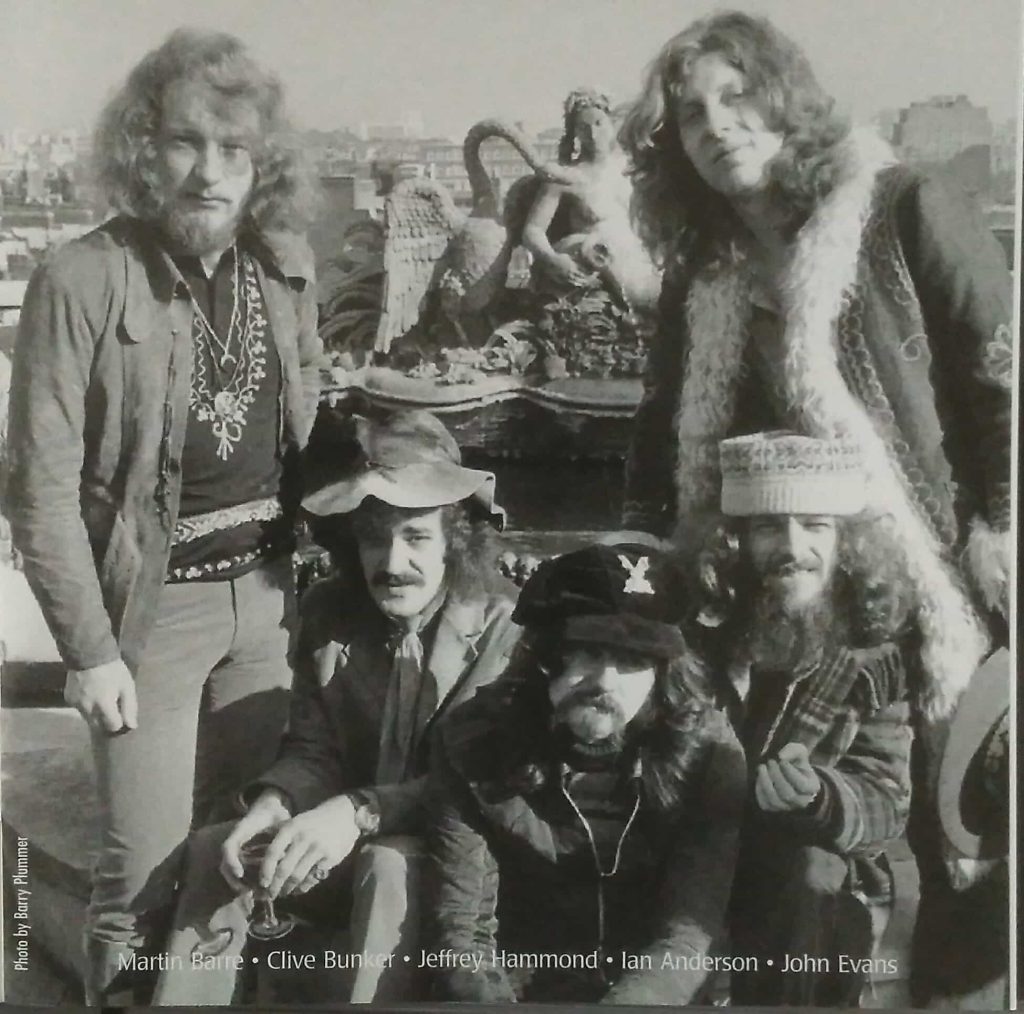
A Haunting Reflection on Society’s Marginalized: “Aqualung”
When Jethro Tull released “Aqualung” in 1971, it became an instant landmark in progressive rock history. Featured as the title track of their critically acclaimed album, Aqualung, the song offered a gritty and thought-provoking perspective on society’s overlooked and forgotten. With its distinctive blend of hard rock riffs, acoustic flourishes, and Ian Anderson’s biting, observational lyrics, “Aqualung” captured a unique space in the music of the era, drawing listeners into its haunting narrative.
The song itself revolves around the story of a down-and-out character, Aqualung, who represents the many individuals society discards. Inspired by photographs of homeless people taken by Anderson’s wife, Jennie Franks, the lyrics present Aqualung as a figure both pitiable and repulsive. Lines like “Eyeing little girls with bad intent” add layers of discomfort and ambiguity to his portrayal, challenging listeners to confront their own prejudices about the downtrodden. This complex characterization, set against a backdrop of sharp guitar work by Martin Barre and Anderson’s masterful flute interludes, creates a song that is as emotionally unsettling as it is musically captivating.
Upon its release, Aqualung peaked at #7 on the UK Albums Chart and climbed to #4 on the US Billboard 200, solidifying Jethro Tull’s reputation as innovators of the progressive rock movement. While the song “Aqualung” itself was never released as a single, it became one of the band’s most enduring and iconic tracks, often hailed as a masterpiece of the genre. The album as a whole has been interpreted as a critique of organized religion and social hypocrisy, themes subtly woven into the narrative of this track.
Musically, “Aqualung” is a showcase of contrasts. The intro begins with a raw, melancholic guitar riff that evokes the desolation of its protagonist’s life. Anderson’s voice, part sneer and part lament, carries the weight of the character’s struggles. As the song progresses, it transitions into dynamic shifts between heavy rock and acoustic folk, reflecting the chaos and vulnerability of Aqualung’s existence. The bridge, featuring Barre’s electrifying solo, has become one of the most celebrated moments in progressive rock.
For older listeners, “Aqualung” often stirs a sense of reflection. Its raw honesty compels us to remember the times we may have turned away from those in need or failed to see the humanity in others. This enduring relevance has made the song a staple in Jethro Tull’s legacy, a reminder of rock music’s power to provoke thought and evoke emotion.
Whether you first heard it on vinyl in 1971 or discovered it decades later, “Aqualung” remains a haunting, unforgettable experience—a vivid portrait of life on the fringes that still resonates today.